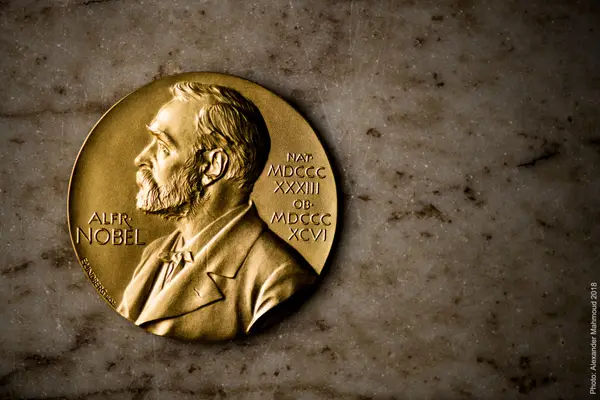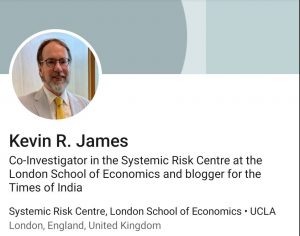The Nobel Prize season officially begins in early October. The Nobel Prizes 2022 will be announced this week, beginning with medicine on Monday, followed by physics on Tuesday, chemistry on Wednesday, and literature on Thursday. The Nobel Peace Prize will be awarded on Friday, and the Nobel Prize in Economics will be awarded on October 10. The Nobel Prize is an honor established by Swedish industrialist Alfred Nobel more than a century ago.
Also Read| Nobel Prize 2022: Medicine first, economics at the end; full schedule
Who was Alfred Nobel?
Alfred Bernhard Nobel was a Swedish chemist, engineer, inventor, businessman, and philanthropist who was born on October 21, 1883, in Stockholm, Kingdoms of Sweden and Norway. He was the third child of inventor and engineer Immanuel Nobel and Karolina Andriette Nobel.
He is best known for bequeathing his fortune to establish the Nobel Prize, but he also made several significant scientific contributions, holding 355 patents during his lifetime. Nobel’s most famous invention was dynamite, which was patented in 1867 as a safer and easier way of harnessing the explosive power of nitroglycerin.
Early on, Nobel had a talent for science and education, especially in chemistry and languages; he was fluent in six languages by the time he was 24 and had already filed for his first patent. Along with his family, he started a number of successful commercial operations, but most famously, he acquired Bofors, a producer of iron and steel that he turned into a significant cannon and other armaments maker.
Also Read| Nobel Prize 2022: Everything to know
Nobel was motivated to gift his riches to the Nobel Prize organisation, which would annually honour people who “conferred the greatest benefit to humankind,” after reading an inaccurate obituary that accused him of being a war profiteer. His name and legacy are also carried on by businesses like Dynamit Nobel and AkzoNobel, which are the offspring of mergers with enterprises he founded. He also inspired the name of the synthetic element nobelium.
In accordance with his wishes, Nobel was elected a member of the Royal Swedish Academy of Sciences, which would be in charge of selecting the winners of the physics and chemistry Nobel Prizes.
Nobel discovered that nitroglycerin became safer and easier to handle when combined with an absorbent inert substance like kieselguhr (diatomaceous earth), and he patented this mixture as “dynamite” in 1867. Nobel had considered calling the extremely potent substance “Nobel’s Safety Powder” in an effort to help restore his name and improve the reputation of his company from earlier controversies surrounding dangerous explosives, but he ultimately decided to call it “dynamite,” which is the Greek word for “power.”
Also Read| How do you win a Nobel Prize?
Later, Nobel combined nitroglycerin with other nitrocellulose compounds to create a chemical that was comparable to collodion but more explosive than dynamite. He finally landed on a more effective recipe that contained another nitrate explosive.
Gelignite, also known as blasting gelatine, was first patented in 1876. It was then followed by a large number of other similar combinations, some of which were altered by the addition of potassium nitrate and other compounds.
Compared to the previously utilised compounds, gelignite is more stable, portable, and easily shaped to fit into bored holes like those used in drilling and mining. In the “Age of Engineering,” it became the norm for mining technologies, bringing Nobel tremendous financial success but at the expense of his health.
Also Read| Svante Paabo awarded 2022 Nobel Prize in Physiology or Medicine
Ballistite, a byproduct of this research that is still used as a rocket propellant today and is the forerunner to many modern smokeless powder explosives, was created by Nobel as a result of this research.
Nobel relocated from Paris to Sanremo, Italy, in 1891 after being charged with high treason against France for exporting Ballistite to Italy. He passed away as a result of a stroke on December 10, 1896. Unbeknownst to his family, he had placed the majority of his assets in trust to support the Nobel Prize payouts. He is interred in Stockholm’s Norra Begravningsplatsen.







